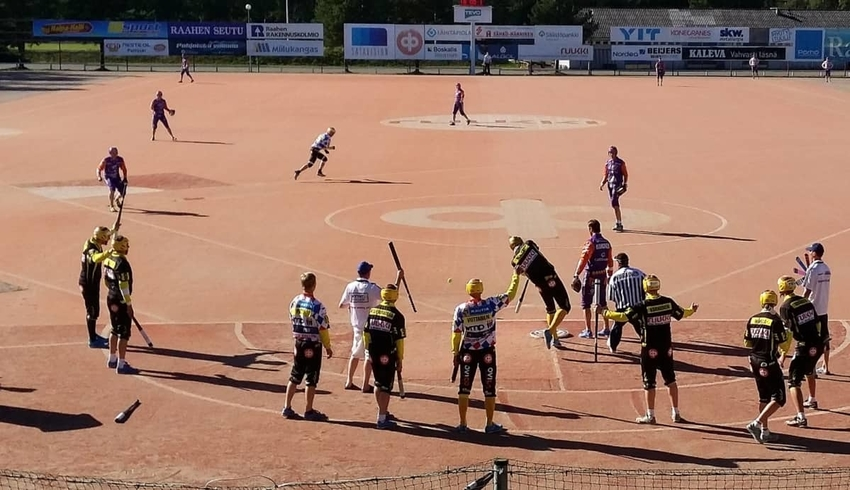Exploring Pesäpallo: Finland's Unique National Sport

Exploring Pesäpallo: Finland's Unique National Sport
In the northern reaches of Europe, amidst Finland's pristine landscapes and deep cultural heritage, lies a sport that encapsulates the nation's spirit unlike any other: pesäpallo. Known as Finland's national sport, pesäpallo combines elements of baseball and rounders with a unique set of rules that make it a distinctly Finnish phenomenon.
Origins and History
Pesäpallo traces its origins back to the early 20th century, with roots firmly planted in rural Finland. It was officially developed as a sport in the 1920s by Lauri "Tahko" Pihkala, who aimed to create a game that would promote physical fitness and teamwork among the Finnish youth. Pihkala drew inspiration from American baseball but adapted the rules to suit Finnish preferences and the local landscape.
Rules and Gameplay
At its core, pesäpallo shares similarities with baseball. It involves two teams of nine players each, with one team taking turns to bat while the other fields. The game is played on a diamond-shaped field with four bases forming a diamond (similar to baseball) and a home plate (pesä in Finnish), where points are scored.
However, there are key differences that set pesäpallo apart:
- Pitching: The pitcher throws the ball vertically upwards and hits it with a bat when it descends. This unique pitching style adds an element of unpredictability and requires precise timing from the batter.
- Bases and Scoring: Unlike baseball, where players run around bases, in pesäpallo, runners aim to make a full circuit around the diamond while the ball is in play. This requires strategic placement of hits and swift base running.
- Defensive Strategies: The fielding team aims to catch the batted ball or tag runners out before they reach a base, employing quick reflexes and teamwork to prevent the opposing team from scoring.
Popularity and Cultural Significance
Pesäpallo holds a special place in Finnish culture, with widespread popularity across all age groups. It is commonly played in schools, local clubs, and professional leagues, such as the Finnish Superpesis. The sport is celebrated annually during the Finnish Pesäpallo Week, where communities come together to enjoy matches and festivities.
Beyond its athletic appeal, pesäpallo embodies Finnish values of cooperation, fair play, and respect for nature. It fosters camaraderie among players and spectators alike, reinforcing a sense of community pride and national identity.
International Recognition
While primarily played in Finland, pesäpallo has gained international recognition through efforts to promote the sport abroad. International tournaments and exhibitions have sparked interest in countries such as Sweden, Germany, and Japan, where enthusiasts have embraced its unique blend of strategy and athleticism.
Conclusion
In conclusion, pesäpallo stands as a testament to Finland's rich sporting heritage and cultural identity. From its humble beginnings in rural fields to its status as a national pastime, pesäpallo continues to captivate audiences with its fast-paced action and distinctive gameplay. Whether you're an avid sports fan or simply curious about unique global pastimes, exploring pesäpallo offers a fascinating glimpse into the heart of Finnish sportsmanship and tradition.
As the sport evolves and reaches new audiences worldwide, one thing remains certain: pesäpallo will continue to inspire and unite communities, embodying the spirit of Finland wherever it is played.
- Arts
- Business
- Computers
- Jogos
- Health
- Início
- Kids and Teens
- Money
- News
- Recreation
- Reference
- Regional
- Science
- Shopping
- Society
- Sports
- Бизнес
- Деньги
- Дом
- Досуг
- Здоровье
- Игры
- Искусство
- Источники информации
- Компьютеры
- Наука
- Новости и СМИ
- Общество
- Покупки
- Спорт
- Страны и регионы
- World


